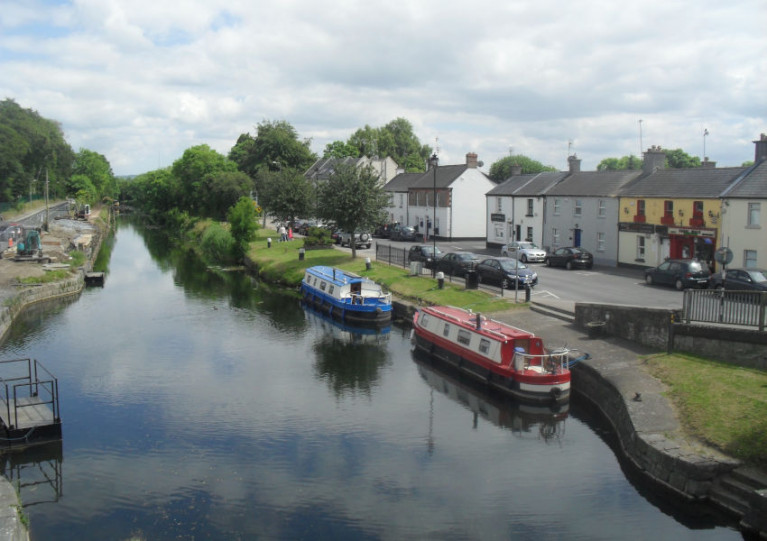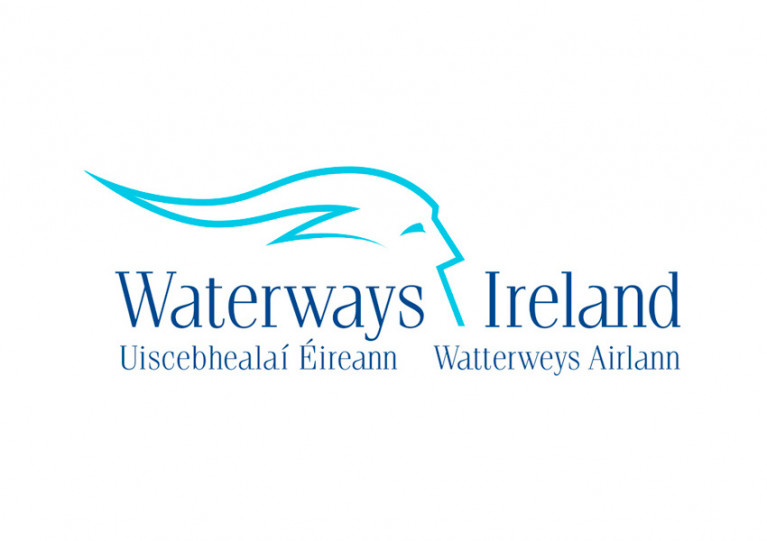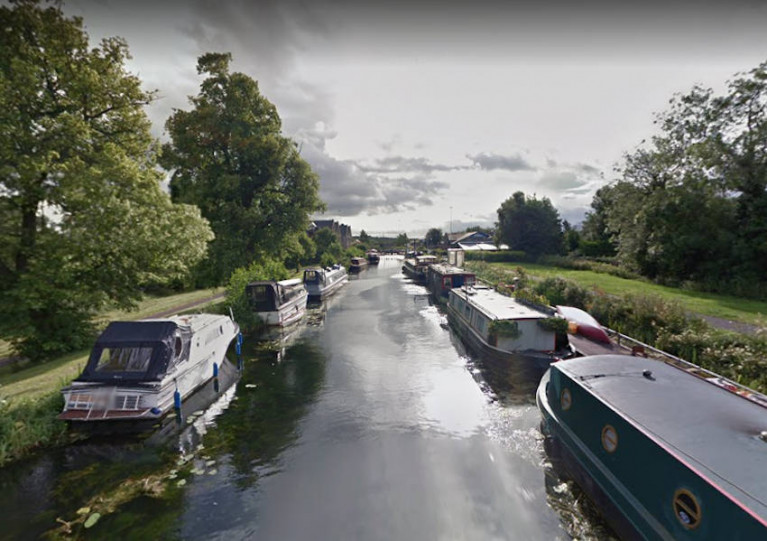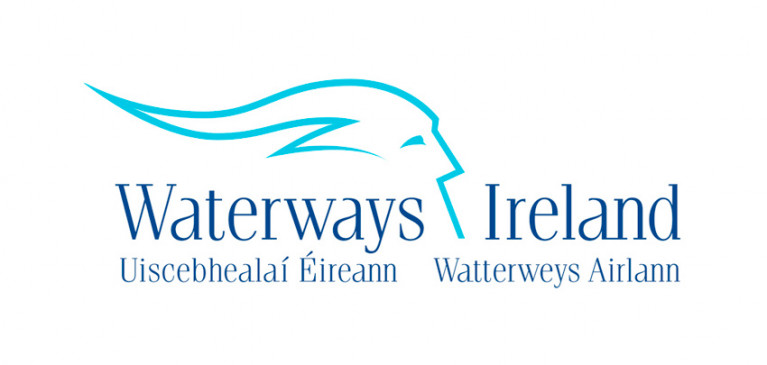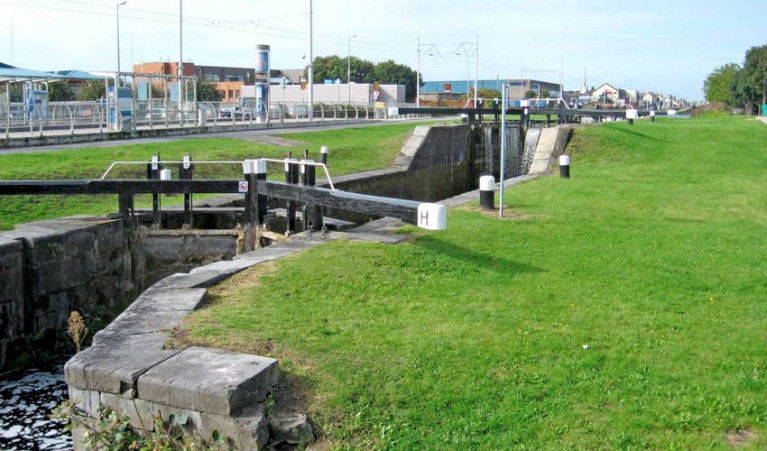Displaying items by tag: Grand Canal
Planned Removal Of Vessels From Grand Canal In Co Kildare Later This Month
Waterways Ireland has issued notice that it plans to remove vessels in contravention of bye-laws from the Grand Canal in the area between Hazelhatch and Sallins in Co Kildare later this month.
Vessels that appear abandoned or have no no permit (as per Bye Law 6(8), are doubled moored and/or causing obstruction (sunk) (Bye Law 27 (3)), or are deemed to be/likely to cause a hazard to navigation (Bye-Law 33(3)) will be removed from the inland waterway at Sallins, Lowtown, Robertstown and Hazelhatch and environs at Monday 28 September or shortly thereafter.
Removed vessels may then be subsequently disposed of in accordance with Bye Law 34(2), which allows for this where vessels are unclamped or due compensation has not been paid with a month.
Affected vessels have been stickered where access allows and owners, where known, have been contacted, Waterways Ireland says.
Notice Of Upcoming Waterway Closures On Lower Bann & Grand Canal
Waterways Ireland has given notice of upcoming closures on the Lower Bann in Co Antrim and the Grand Canal in Dublin.
On-location filming will see the Lower Bann closed to all boat traffic from the downstream side of Portglenone Bridge to Aghahoy Jetty on Saturday 5 September from 9am to 4pm, and again on Tuesday 8 September from 7am to 7pm.
Safety boats will be on the waterway and users are requested to follow the instructions of the safety boat crews.
Then later in the month in Dublin, levels C3 & C4 on the Grand Canal will be closed to navigation from 21 September for repair works on Lock C4 at Mespil Road.
As a result, no further boat passages into or out of Dublin past these levels will be possible from that date for the remainder of the 2020 boating season, and local boat movements through these locks will not be allowed until late December.
There will also be restrictions to pedestrian movements in the area of Lock C4 due to the ongoing works.
Legal Limbo For ‘Liveaboard’ Barge Owners On Dublin’s Canals
“The body responsible for canal boating doesn’t seem to want boating on the canals.”
That’s the response of Gary Long, one of a number of barge owner on the Grand Canal in Dublin at the centre of a recent controversy over houseboat moorings on the inland waterway, as he spoke to The Irish Times this week.
The ‘liveaboard’ barge owners had faced eviction from their homes by Waterways Ireland this month as current by-laws prohibit mooring in any one spot for longer than five days.
The owners were given a reprieve of sorts by the New Minister of State for Heritage, Malcolm Noonan, and assured that their vessels would not be confiscated and sold off.
And the minister has promised that Waterways Ireland will engage in “finding a long-term, sustainable solution to regularise the use of the canals”.
But for now, liveaboards like Gary Long — and Luís Gómezcala who lives on his boat at the 12th Lock on the Royal Canal — remain in legal limbo.
The Irish Times has more on the story HERE.
Waterways Ireland has committed to looking for a long-term solution for people living on houseboats on the Grand Canal, it has emerged.
The news comes after last week’s final-hour reprieve for a number of barge owners who had faced eviction under the current by-law which prohibits mooring in any one spot for longer than five consecutive days.
They also faced the prospect of losing their vessels under original plans to lift them from the canal and impound them for a month before selling them off.
New Minister of State for Heritage, Malcolm Noonan, stepped in to assure these barge owners that theirs and others’ “genuine or legitimate houseboats or so-called ‘live-ons’” would not be removed.
He added that Waterways Ireland, the cross-border body that manages Ireland’s inland waterways, would now engage “in a collaborative process with all stakeholders around finding a long-term, sustainable solution to regularise the use of the canals”.
This is in addition to Waterways Ireland’s 10-year strategic review, which is expected to be available for consultation later this year — and will consider the likes of new infrastructure on the canal to cater for the requirements of houseboats.
TheJournal.ie has more on the story HERE.
‘Reprieve’ For Houseboat Owners On Grand Canal Under Orders To Move Or Lose Their Homes
It’s understood that an order to remove houseboats moored on the Grand Canal in Dublin this week hay have been rescinded.
Yesterday, TheJournal.ie reported that a number of people with floating homes on the canal in Dublin’s south inner city faced eviction this week under by-laws that restrict mooring to five days in any one place along the waterways.
Four current boatowners in the Portobello area said they had lobbied Waterways Ireland and politicians for changes to the law that could help towards easing the current housing crisis.
They pointed out that the waiting list for berths at Grand Canal Dock — where a number of houseboats have permanent moorings — have topped 200 applications, and suggest that there is room along the navigation in the city for much more than the two dozen houseboats moored at present.
Waterways Ireland had been set this week to remove the boats into storage for a month before selling them off, they claim.
But the Dublin branch of the Inland Waterways Association of Ireland (IWAI) says it understands that the new Government department responsible for the waterways has rescinded these lifting orders.
Speaking to RTÉ Radio 1’s Liveline this afternoon, Beau Donelly and Jacqui Thompson said that while nothing had been received in writing, the new Minister of State for Heritage, Malcolm Noonan, has taken the decision to suspend their eviction pending future discussions with related stakeholders.
This story was updated to include reference to this afternoon's Liveline segment.
Waterways Ireland advises the public that the towpath on the south bank of the Grand Canal east of Tullamore between Cappincur and Ballycommon will be closed for three months for upgrades.
The path from Digby Bridge and Ballycommon Bridge will be closed to all users from this Monday 8 June to Monday 7 September to facilitate construction of the Grand Canal Greenway.
As previously reported on Afloat.ie, locks on the Grand and Royal canals as well as the Barrow Line and Navigation, the Shannon-Erne Waterway and Shannon Navigation are set to reopen (subject to maintenance) from this Monday.
This coincides with the beginning of Phase 2 of the country’s relaxing of coronavirus restrictions.
Sewer Line Repairs Completed On Grand Canal In Dublin
Repair works have now been completed on the broken sewer line between Locks 1 and 2 on the Grand Canal in Dublin.
Navigation between the locks was closed after the incident last summer which saw the partial collapse of a trunk sewer at Suir Road, west of St James’ Hospital in the city.
Works had been expected to finish in spring but Waterways Ireland announced their delay in early March, citing “a number of factors … outside of Waterways Ireland control”.
Passage in and out of Dublin on the Grand and Royal Canals remains closed until coronavirus restrictions are lifted. It’s expected an announcement on this will be made soon.
For those of you missing Ireland’s inland waterways, you can now view the stunning Royal Canal, Grand Canal Barrow Line and Barrow Navigation along with the Shannon through Google Maps and Google Earth.
Waterways Ireland, in partnership with the Google Trekker Loan Programme, has continued to capture Ireland’s inland waterways and make them accessible online.
Last year, street view imagery was captured along the Royal Canal, Grand Canal Barrow Line and Barrow Navigation to compliment the stunning Shannon imagery captured in 2018.
So now you can follow some of Ireland’s most beautiful and popular waterways destinations from the comfort of your own home — and hopefully plan a visit when conditions allow.
As previously reported on Afloat.ie, winter mooring has been extended until Sunday 31 May to ease the pressure on the inland boating community amid the current coronavirus restrictions.
And while the outdoor exercise distance has been extended to 5k from home, the advice for those using canal towpaths to maintain social distancing remains in place.
Waterways Ireland Suspends All Passage In & Out Of Dublin On Royal & Grand Canals Until Further Notice
Waterways Ireland has issued notice to masters and owners of vessels that boat passage into or out of Dublin on the Grand Canal and Royal Canal will be postponed until further notice.
This postponement also applies to bookings for Newcomen Bridge passage on the Royal Canal.
The cross-border body for Ireland’s inland waterways adds that navigations elsewhere are generally remaining open for boats.
Albert Lock and the Jamestown Canal on the Shannon Navigation recently reopened after lock gate replacement works and the easing of flooding issues.
Waterways Ireland has announced that works to repair a broken sewer line in the Grand Canal at Inchicore will not be completed until the end of May.
Navigation between Locks 1 and 2 will remain closed after the incident last summer which saw the partial collapse of a trunk sewer at Suir Road, west of St James’ Hospital in the city.
The cross-border body for Ireland’s inland waterways added: “As the works to the sewer are dependent on a number of factors and are outside of Waterways Ireland control, this date cannot yet be confirmed but updates will be issued when available.”
Boat passage arrangements for both the Grand Canal and Royal Canal in and out of Dublin were recently announced ahead of the 2020 boating season, which begins later this month.


























